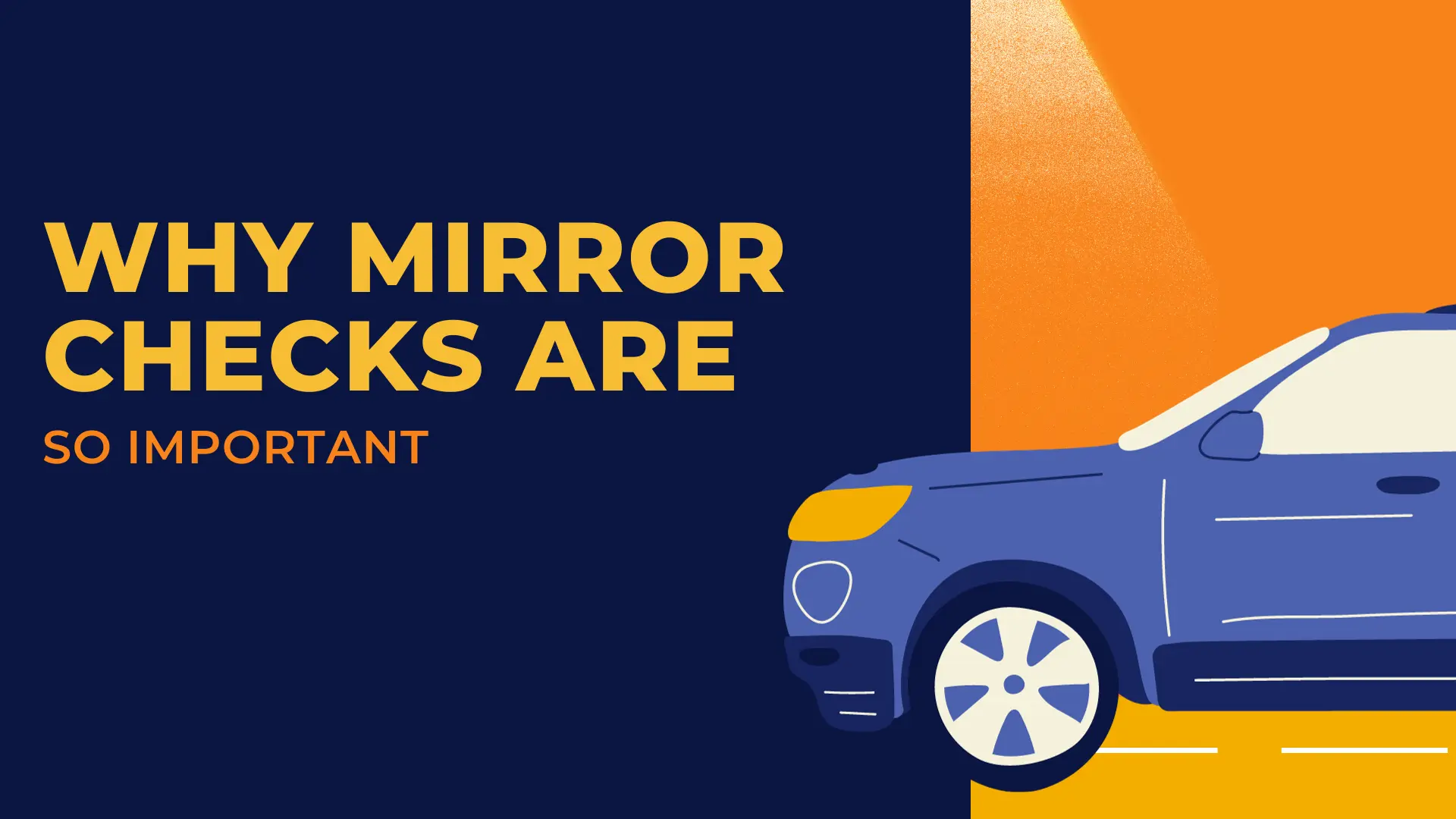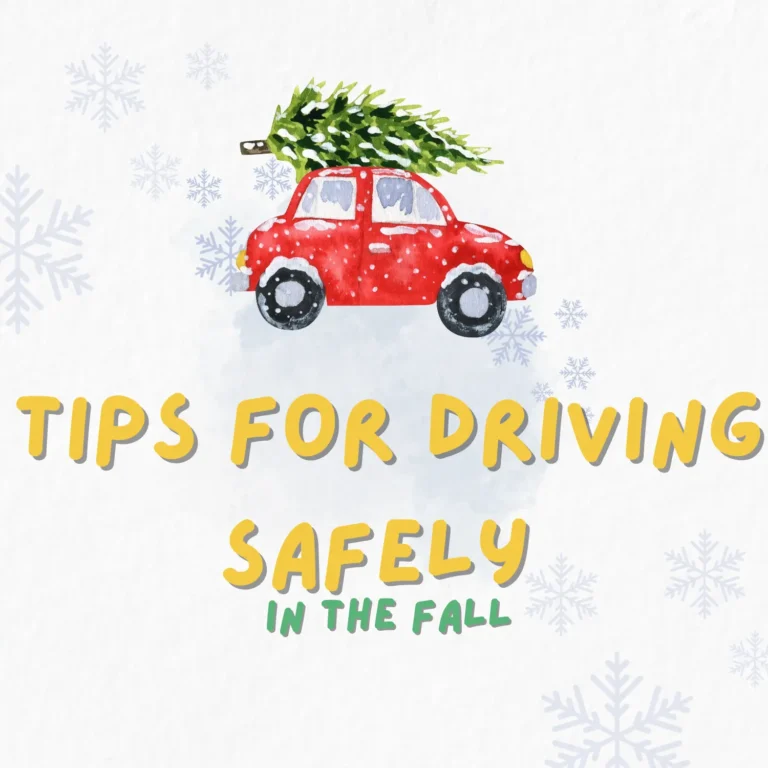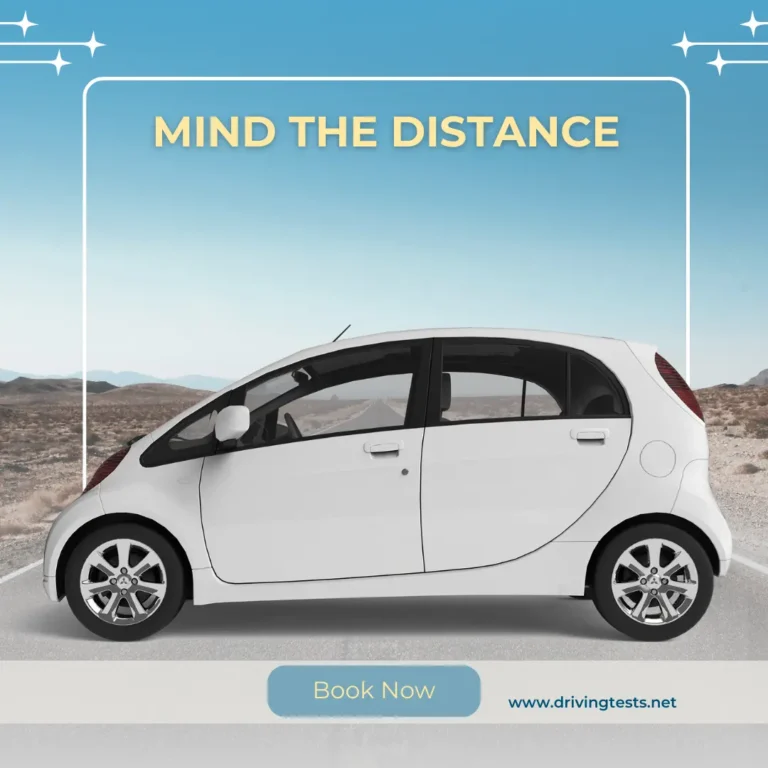Why Mirror Checks Are So Important
Mirror checks are an indispensable aspect of safe driving, serving as a crucial tool for maintaining situational awareness and preventing potential hazards on the road. These small yet significant actions contribute significantly to overall road safety.
Regularly checking the rearview mirror is a fundamental practice for drivers, ensuring heightened awareness and contributing to overall road safety. The recommended frequency of every 5 to 10 seconds aligns with the dynamic nature of traffic conditions. Swift lane changes and rapid approaches from behind make frequent mirror checks essential to responding promptly to unexpected events. The interval also coincides with the typical duration of driving between intersections, where the risk of a vehicle turning in behind you exists. This proactive approach mitigates potential surprises and enhances overall safety.
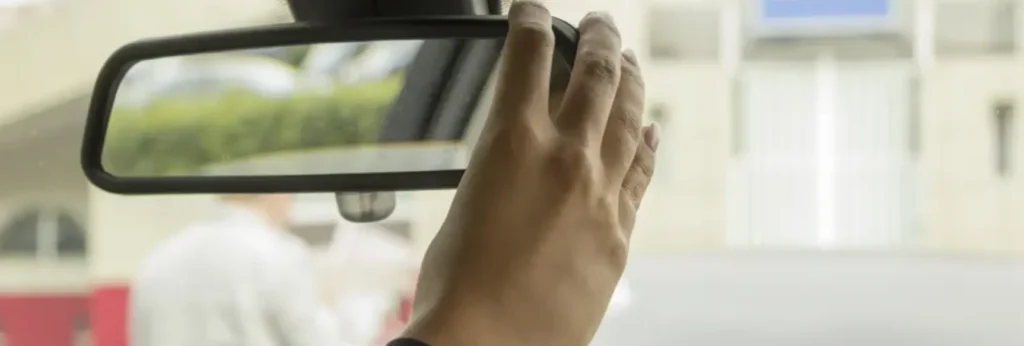
Checking the mirror at city speeds, approximately once per block, acknowledges the shorter distances between intersections, requiring increased vigilance. Assessing the following distance of vehicles behind and gauging changes in their proximity through consistent mirror checks provides valuable information for anticipating challenges. Ultimately, the habit of checking the rearview mirror every 5 to 10 seconds is a deliberate and necessary practice rooted in responsible and defensive driving, contributing to a safer and more informed driving experience.
Reasons why mirror checks are important
Let’s delve deeper into the reasons why mirror checks are essential for every driver:
360-Degree Awareness
- Mirror checks provide drivers with a comprehensive, 360-degree view of their surroundings. While the windshield offers a forward view, mirrors extend this perspective to include what’s happening behind and beside the vehicle. This comprehensive awareness is crucial for making informed decisions, changing lanes, merging onto highways, or responding to approaching vehicles. It also aids in anticipating potential challenges, such as sudden lane changes or aggressive drivers
Regular mirror checks are an integral part of defensive driving, enhancing overall situational awareness on the road. Beyond the basic functions of observing traffic behind and beside the vehicle, mirror checks contribute to early detection of potential hazards. Drivers can identify the presence of emergency vehicles, pedestrians, or cyclists in their vicinity, allowing for timely and appropriate responses. Additionally, mirror checks play a vital role in maintaining a smooth and coordinated flow of traffic, fostering safer interactions between vehicles, and reducing the likelihood of accidents. Incorporating mirror checks into driving routines ensures a proactive and cautious approach, promoting a safer driving environment for both the driver and others on the road.
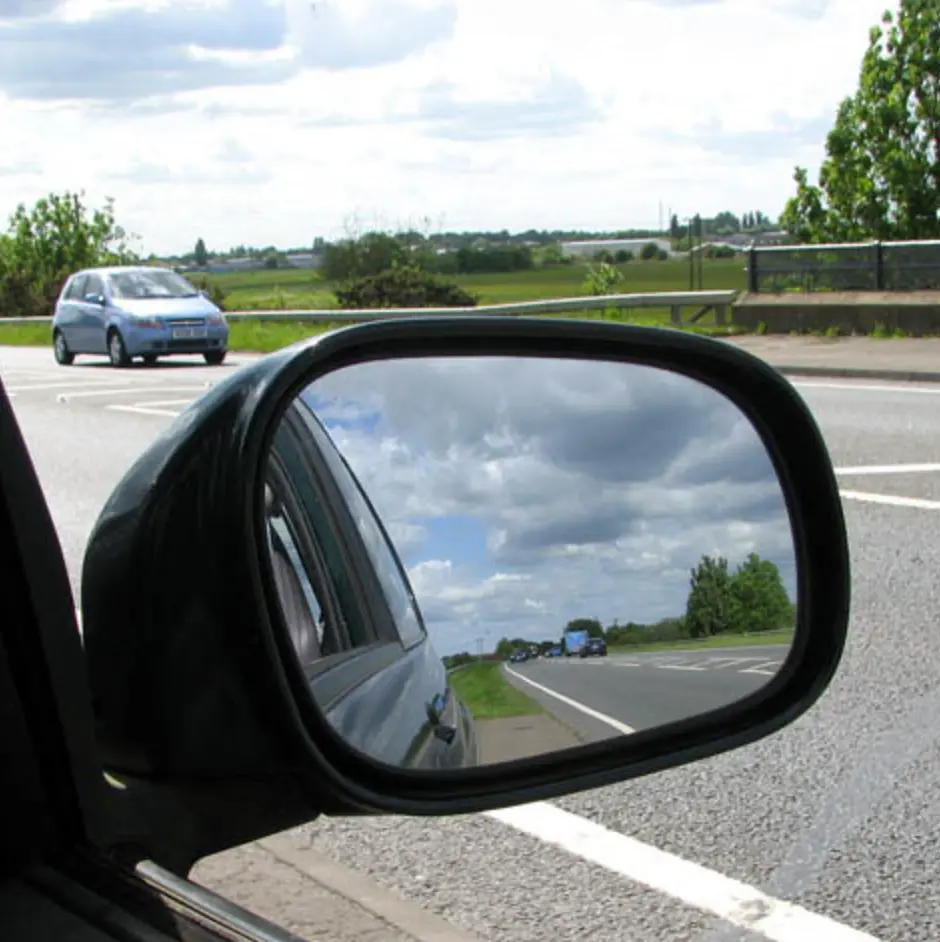
Lane Changes and Merging:
- Before changing lanes or merging into traffic, mirror checks are essential. They allow drivers to assess the proximity and speed of vehicles in adjacent lanes. Understanding the traffic conditions around your vehicle helps in executing smooth and safe maneuvers, reducing the risk of collisions. Additionally, it promotes courteous driving behavior by ensuring that lane changes are made without disrupting the flow of traffic.
Moreover, mirror checks contribute significantly to the overall flow of traffic and can help prevent congestion. When drivers consistently assess their surroundings through mirror checks, they can make well-informed decisions about when to merge or change lanes, optimizing the efficiency of the roadway. This proactive approach minimizes abrupt maneuvers and last-minute lane changes, fostering a more predictable and cooperative driving environment for all road users. By incorporating mirror checks as a standard practice, drivers not only enhance their own safety but also contribute to the collective effort of creating a smoother and more harmonious traffic experience for everyone on the road.
Detecting Blind Spots:
- Vehicles have blind spots, areas not directly visible to the driver through mirrors or windows. Mirror checks are instrumental in identifying these blind spots and ensuring that no vehicles or obstacles are hidden from view. Regularly checking mirrors minimizes the chances of overlooking a vehicle in an adjacent lane. Advanced driver assistance systems may complement mirror checks, providing additional alerts for objects in blind spots.
In addition to the direct benefits of mirror checks in identifying blind spots, drivers should be aware that some vehicles may have larger blind spots than others. Larger vehicles, such as trucks and buses, often have more extensive blind spots, making mirror checks even more crucial for these drivers. By consistently monitoring mirrors and actively scanning blind spots, drivers can mitigate the risks associated with these unseen areas.
Furthermore, the integration of advanced driver assistance systems (ADAS) has become increasingly common in modern vehicles. These systems, such as blind-spot monitoring, offer an extra layer of safety by providing audible or visual alerts when there’s a vehicle or obstacle in the driver’s blind spot. While these technologies can enhance safety, they should be viewed as complements rather than replacements for manual mirror checks. A combination of both mirror checks and ADAS ensures a comprehensive approach to blind spot awareness, reducing the likelihood of collisions and enhancing overall road safety.
Early Detection of Approaching Vehicles:
- Mirrors serve as early warning systems, enabling drivers to detect vehicles approaching from behind. This early awareness is crucial for anticipating the actions of other drivers, such as their intention to overtake, decelerate, or change lanes. Mirror checks help drivers stay proactive in response to changing traffic conditions, fostering a safer driving environment.
Pedestrian and Cyclist Safety:
- Mirror checks extend beyond interactions with other vehicles; they are equally important for pedestrian and cyclist safety. Before opening doors or making turns, checking mirrors ensures that no pedestrians or cyclists are in the vehicle’s path. This practice aligns with a broader commitment to vulnerable road user safety and responsible driving behavior.
Parking Maneuvers:
- Mirror checks are integral to parking maneuvers, whether parallel parking on a city street or navigating into a parking space. Mirror checks during parking maneuvers serve as a proactive measure for preventing potential hazards and ensuring a secure parking process. When parallel parking on a busy city street, drivers rely on these checks to assess the distance between their vehicle and neighboring cars, minimizing the risk of sideswiping or causing damage. In the case of parking within designated spaces, mirror checks contribute to the overall efficiency of the maneuver, allowing drivers to align their vehicles accurately within the confines of the parking spot. In essence, mirror checks form an integral part of the parking process, promoting not only precision and safety in proximity to other vehicles but also fostering a vigilant and considerate approach to potential interactions with pedestrians and cyclists in the surrounding environment.
Maintaining a Constant Scan:
- Effective mirror checks involve maintaining a constant scanning rhythm. This proactive approach helps drivers stay abreast of changing road conditions and respond promptly to emerging situations. Regular and consistent mirror scanning becomes a habit that contributes to a driver’s overall attentiveness and readiness to react to unexpected events.
Preventing Accidents and Collisions:
- Perhaps the most crucial aspect, mirror checks are a proactive measure to prevent accidents and collisions. By staying aware of the environment, drivers can make informed decisions that contribute to overall road safety. This includes responding to sudden lane encroachments, preventing sideswipe accidents, and avoiding collisions during complex traffic scenarios.
Monitoring Traffic Flow:
- Mirror checks allow drivers to monitor the flow of traffic behind them, helping them make informed decisions about speed adjustments or lane changes. By staying attuned to the vehicles behind them, drivers gain valuable insights into the pace and dynamics of the traffic stream. This continuous awareness empowers drivers to make informed decisions regarding speed adjustments, lane changes, or merging, contributing to a more seamless and predictable traffic flow. The ripple effect of individual drivers maintaining a consistent and well-informed driving approach enhances overall road efficiency and reduces the probability of abrupt stops or lane conflicts. As each driver actively participates in this collective effort, the result is a smoother and more harmonious traffic flow that benefits the entire roadway ecosystem.
Adaptation to Variable Conditions:
- Mirror checks become especially crucial in variable driving conditions, such as inclement weather, construction zones, or heavy traffic. Mirror checks assume heightened significance in the face of variable driving conditions, requiring drivers to adapt their approach to the ever-changing environment. Inclement weather, construction zones, and heavy traffic introduce additional complexities that demand increased vigilance. In adverse weather, such as rain or snow, mirror checks become instrumental in assessing the conditions behind, allowing drivers to anticipate challenges like reduced visibility or slippery roads. In construction zones, where lane shifts and reduced speeds are common, diligent mirror checks aid in navigating these dynamic environments safely. Similarly, in heavy traffic, the frequency and thoroughness of mirror checks become crucial for detecting sudden movements or changes in the traffic pattern. Adapting the approach to mirror checks based on the specific challenges posed by variable conditions enhances a driver’s overall situational awareness and ability to make informed decisions, fostering a safer driving experience.
Conclusion
In conclusion, mirror checks are not merely routine actions but vital habits that enhance a driver’s ability to navigate the complexities of the road. Developing the habit of regular mirror checks is an investment in personal safety and the safety of others on the road. It is a simple yet powerful practice that every driver should prioritize for a safer and more responsible driving experience.

